Planetary Ball Milling: Process, Products, and Applications
Planetary ball milling stands out as one of the most efficient and versatile techniques for producing fine powders, nanomaterials, and composite materials. Its unique combination of high energy input and controlled processing conditions makes it a vital tool for researchers, engineers, and industrial manufacturers alike. Whether the goal is to reduce particle size, synthesize new alloys, or prepare advanced functional materials, planetary ball milling delivers precision and performance that few other methods can match.
How Planetary Ball Milling Works
At its core, planetary ball milling is a mechanical grinding process that uses motion and impact to break down solid materials into extremely fine particles. The system consists of a rotating support disc, often referred to as the “planetary” mechanism, which holds multiple grinding jars. Each jar contains the material to be milled along with hardened steel, ceramic, or tungsten carbide balls that act as the grinding media.
What makes this system unique is its motion. As the disc rotates in one direction, the jars rotate in the opposite direction, mimicking the motion of planets orbiting the sun while spinning on their axes. This counter-rotation generates high centrifugal forces, which cause the grinding balls to collide violently with the material and the inner walls of the jar. These repeated impacts lead to mechanical attrition, fracturing and cold-welding the particles into finer and more uniform powders over time.
The process parameters—such as rotational speed, grinding time, ball size, and ball-to-powder ratio—can be carefully adjusted to control the final particle characteristics. As a result, planetary ball milling can produce anything from micron-scale powders to materials measured in nanometers, giving it exceptional flexibility across a wide range of industries.
Key Features and Benefits
Planetary ball mills are known for their high energy density, which allows them to achieve results much faster and finer than conventional milling techniques. This high energy input is what enables the production of nanostructured materials, where the internal structure of the particles is modified at the atomic level.
Other benefits include:
- Versatility: Suitable for dry, wet, and cryogenic milling processes.
- Precision: Enables consistent and reproducible results with controlled particle size distribution.
- Homogeneity: Ensures uniform mixing of multiple materials, making it ideal for composite and alloy production.
- Adaptability: Can process hard, brittle, fibrous, or soft materials by changing grinding media and parameters.
While the process does create wear on equipment and carries a risk of contamination from the grinding media, these issues can be mitigated by selecting the appropriate materials and milling conditions.
End Products of Planetary Ball Milling
The outcomes of planetary ball milling are as diverse as the industries that rely on it. Depending on the materials used and the goals of the process, the technique can produce nanomaterials, alloy powders, composites, amorphous structures, or finely blended precursors for further manufacturing.
1. Nanopowders and Nanoparticles
One of the most notable products of planetary ball milling is the nanopowder—a material composed of particles typically less than 100 nanometers in size. These ultra-fine powders exhibit unique physical and chemical properties compared to their bulk counterparts, including increased surface area, enhanced reactivity, and improved strength.
Examples include:
- Metal nanopowders such as aluminum, copper, and titanium.
- Ceramic nanopowders like zirconia (ZrO₂), alumina (Al₂O₃), and silica (SiO₂).
- Semiconductor powders such as silicon or zinc oxide (ZnO).
Applications: Nanopowders are used in catalysis, high-performance coatings, electronics, photovoltaics, and advanced ceramics.
2. Mechanically Alloyed Powders
Planetary ball milling is also an essential tool for mechanical alloying—a solid-state process in which different metallic or ceramic powders are repeatedly fractured and cold-welded together to form new, homogeneous alloys. The repeated deformation creates intimate atomic-level mixing, allowing the formation of new material phases that are difficult or impossible to achieve through melting.
Examples include:
- Nickel-titanium (Ni-Ti) shape memory alloys.
- Iron-aluminum (Fe-Al) intermetallic compounds.
- High-entropy alloys combining five or more metallic elements.
Applications: These advanced alloys are prized in aerospace, defense, and energy industries for their high strength, corrosion resistance, and temperature stability.
3. Composite Materials
Another important outcome of planetary ball milling is the production of composite materials, which combine the desirable properties of two or more different substances. The intense mixing action ensures a uniform dispersion of reinforcement materials within a matrix, leading to improved mechanical and thermal performance.
Examples include:
- Metal matrix composites such as aluminum reinforced with silicon carbide (SiC) or alumina (Al₂O₃).
- Polymer-based nanocomposites with enhanced conductivity or strength.
Applications: Automotive and aerospace components, electronic housings, and wear-resistant coatings.
4. Amorphous (Non-Crystalline) Materials
Under the extreme mechanical forces generated during planetary ball milling, crystalline materials can lose their ordered atomic structures, forming amorphous materials. This process—called amorphization—is useful for creating materials with unique magnetic, mechanical, or optical properties.
Examples include:
- Metallic glasses.
- Amorphous ceramics.
- Amorphous pharmaceutical powders with improved solubility and bioavailability.
Applications: High-strength components, magnetic materials, and fast-dissolving drug formulations.
5. Functional and Active Materials
Planetary ball milling also serves as a method for creating or enhancing functional materials used in energy, catalysis, and environmental applications. The process can modify the surface structure, composition, or phase of materials to improve their activity and performance.
Examples include:
- Lithium iron phosphate (LiFePO₄) and silicon-carbon (Si–C) composites for lithium-ion batteries.
- Doped titanium dioxide (TiO₂) and zinc oxide (ZnO) for photocatalytic applications.
- Solid-state electrolytes and catalysts.
Applications: Energy storage, solar energy conversion, fuel cells, and environmental remediation.
6. Refined or Blended Powders for Sintering
In powder metallurgy, planetary ball milling is often used to prepare fine, uniform powders for sintering, where the powder is compacted and heated to form solid parts. The improved homogeneity and particle size distribution lead to denser, stronger end products.
Examples include:
- Tungsten carbide (WC) powders for cutting tools.
- Iron or steel powders for automotive and industrial components.
Applications: Toolmaking, additive manufacturing, and mechanical component production.
Advantages and Limitations
Advantages:
- Produces extremely fine, uniform particles.
- Enables solid-state synthesis and alloying.
- Suitable for a wide variety of materials and processes.
- Allows precise control over composition and structure.
Limitations:
- Equipment wear and potential contamination from grinding media.
- Limited batch sizes compared to industrial-scale milling.
- Requires optimization of parameters for each material system.
Despite these limitations, planetary ball milling remains one of the most reliable methods for small-scale, high-energy material processing.
Conclusion
Planetary ball milling represents the perfect intersection of science and engineering—harnessing mechanical energy to create advanced materials with tailored properties. From nanoparticles and alloys to functional composites and amorphous solids, its applications continue to expand as industries seek stronger, lighter, and more efficient materials. Whether used in research laboratories or production environments, this process offers unparalleled control over particle size, structure, and composition—making it a cornerstone technology for the materials of the future.
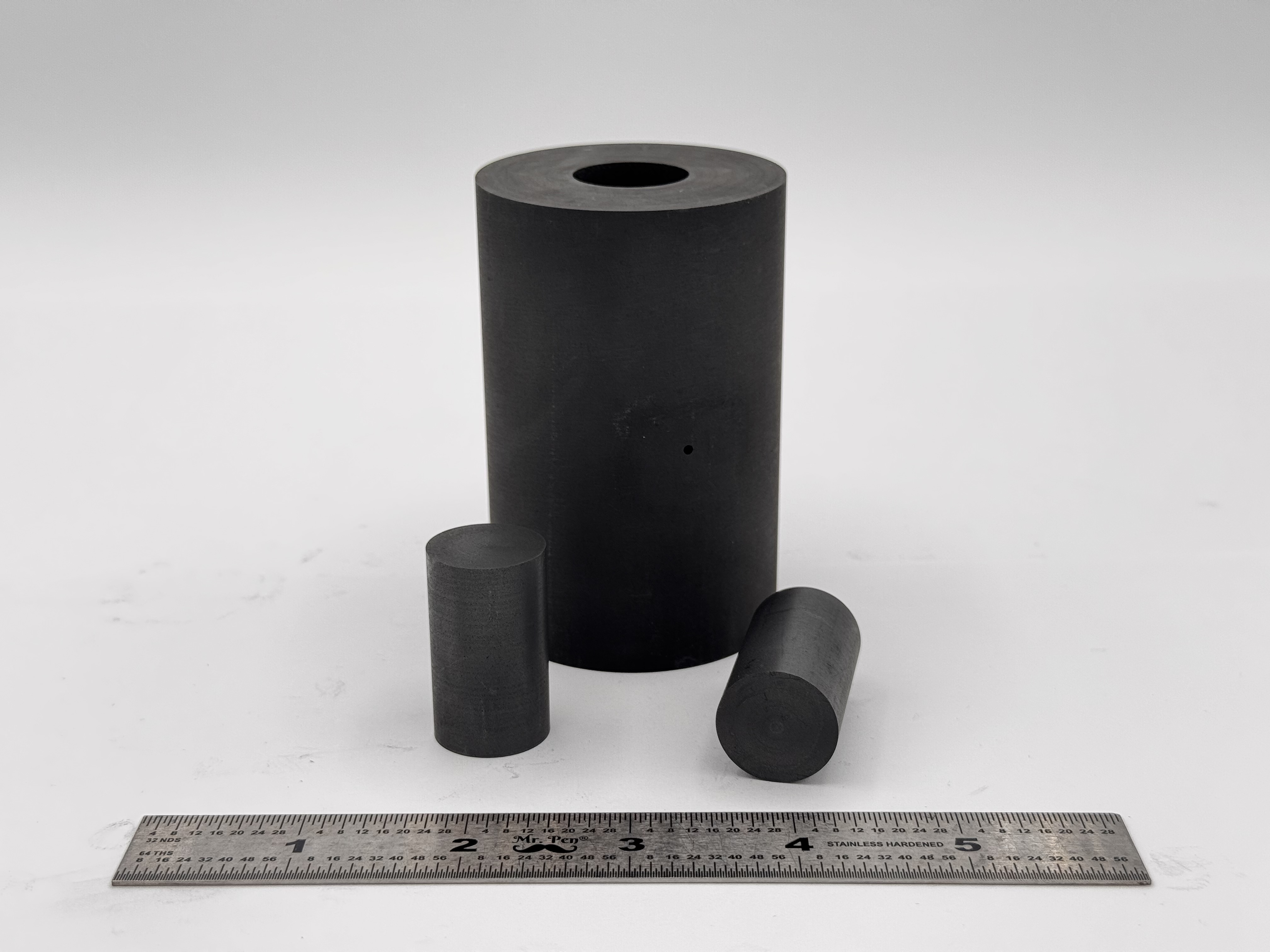 High Strength SPS Graphite Tooling
High Strength SPS Graphite Tooling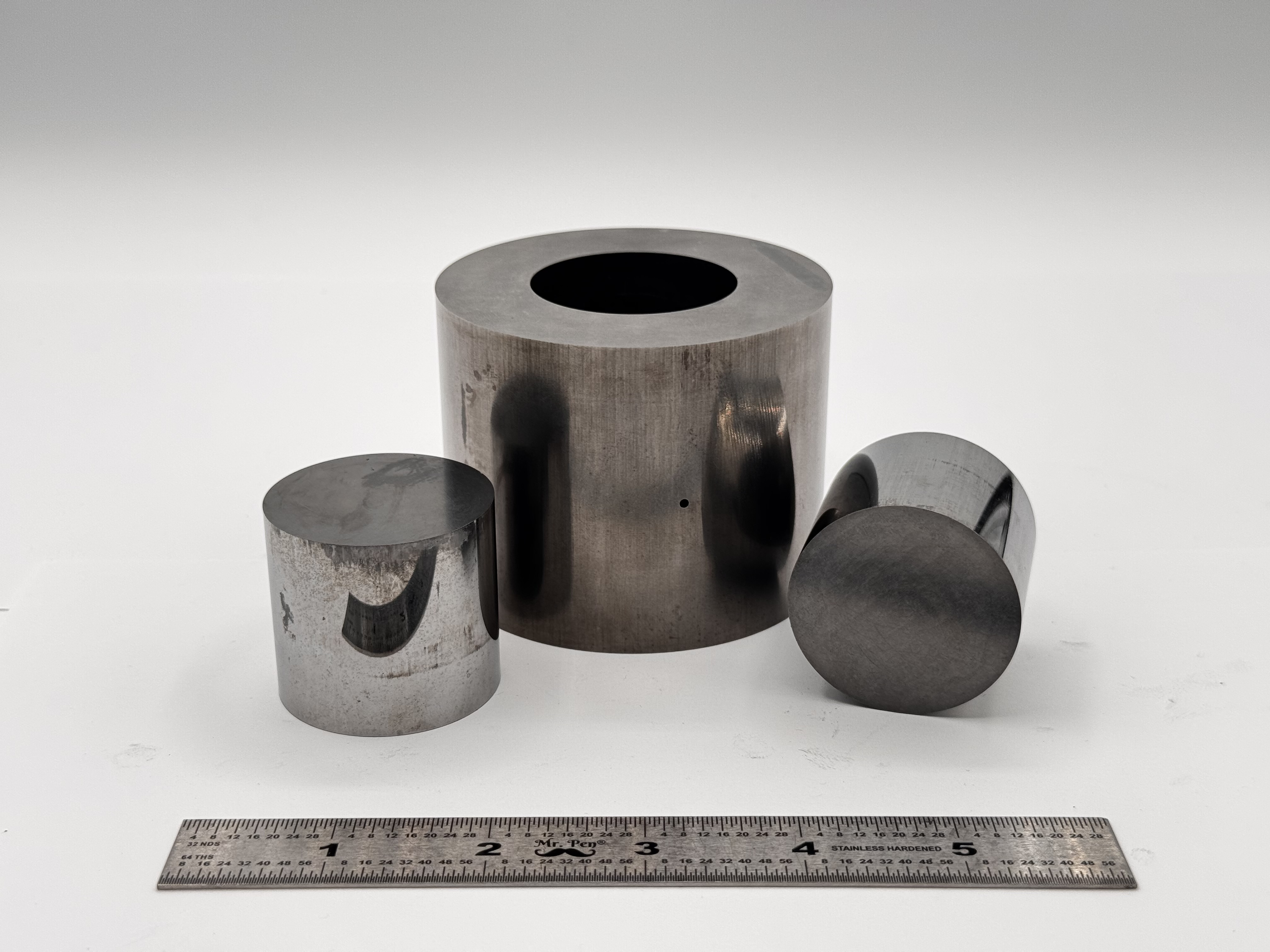 Tungsten Carbide Tooling
Tungsten Carbide Tooling Carbon Graphite Foil / Paper
Carbon Graphite Foil / Paper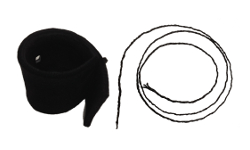 Carbon Felt and Yarn
Carbon Felt and Yarn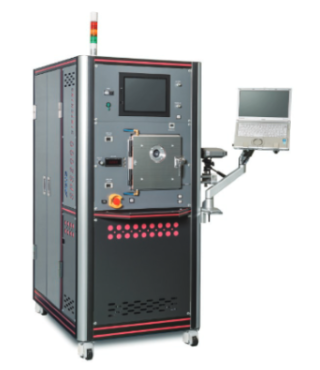 Spark Plasma Sintering Systems
Spark Plasma Sintering Systems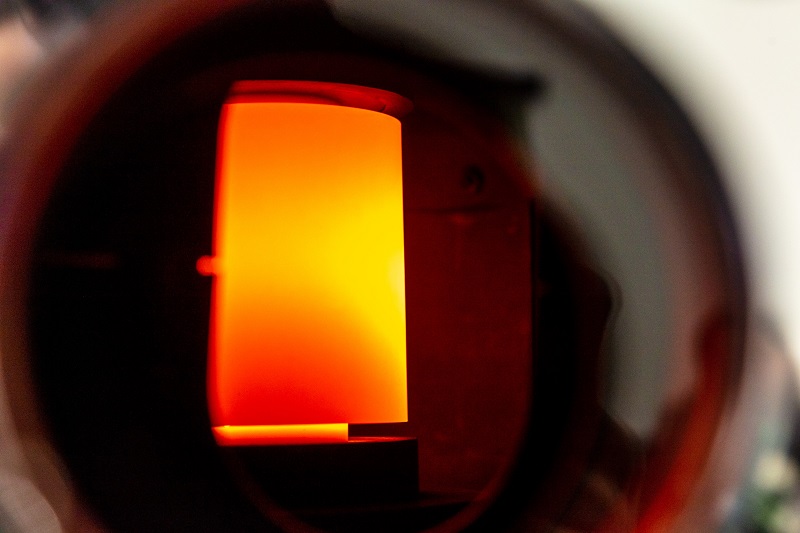 SPS/FAST Modeling Software
SPS/FAST Modeling Software